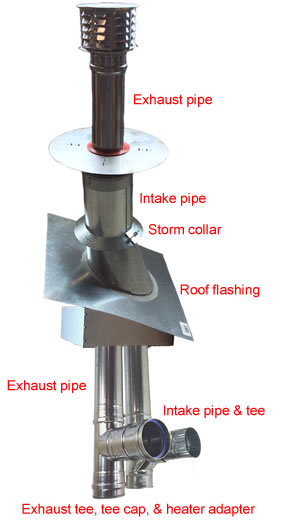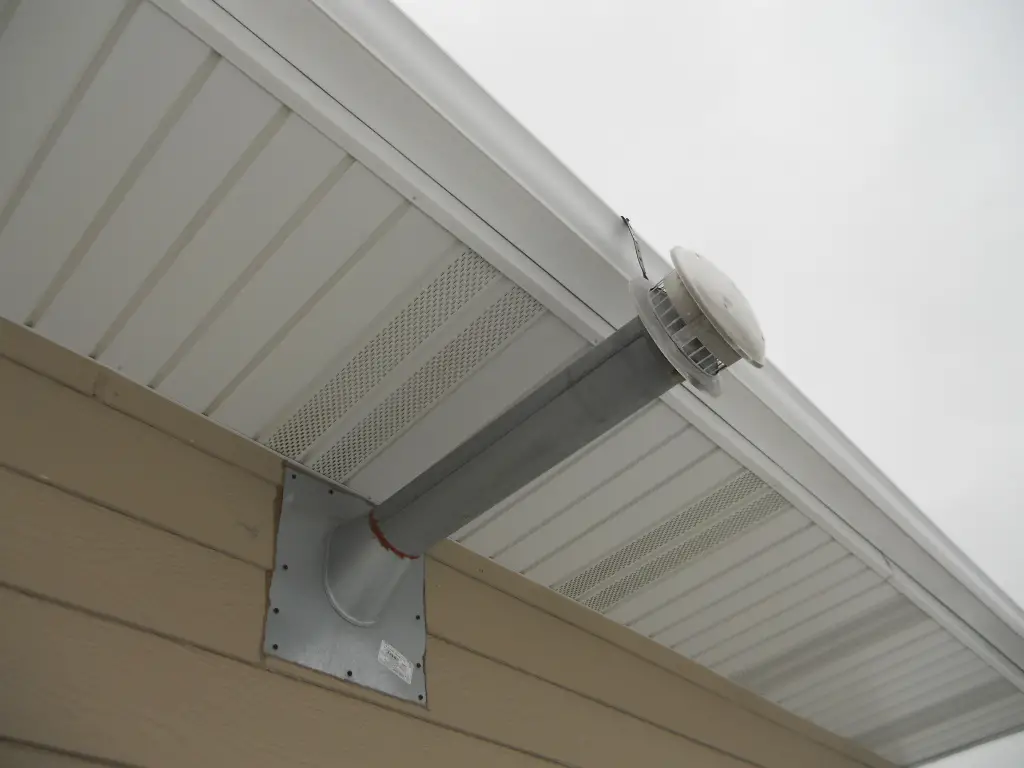The debate between garage heater venting vertical or horizontal has been around for quite some time. There are pros and cons to both methods, so it’s important to weigh your options before making a decision.
Vertical garage heater venting is typically more expensive, but it is also more efficient.
Horizontal garage heater venting is less expensive, but it is not as efficient. Ultimately, the decision of which method to use depends on your budget and your needs.
If you’re looking to install a garage heater, you may be wondering whether to vent it vertically or horizontally. There are a few things to consider when making this decision.
First, think about the size and layout of your garage.
If it’s a small space, a vertical vent may be the best option. If you have a larger garage, you may be able to vent the heater horizontally.
Second, consider the type of heater you’re using.
Some heaters are designed to be vented vertically, while others can be vented either way.
Finally, think about your budget. Horizontal vents can be more expensive than vertical vents, so if cost is a factor, you may want to go with a vertical vent.
Ultimately, the best way to decide whether to vent your garage heater vertically or horizontally is to consider your specific needs and situation.
How to install a garage/shop heater. (Mounting, Venting, Wiring).
What is the best way to vent a garage heater?
If you have a garage heater, you know that it can get pretty hot in there during the summer months. You also know that if you don’t have proper ventilation, your heater can overheat and cause a fire. So, what is the best way to vent a garage heater?
There are a few things you need to take into consideration when venting a garage heater. First, you need to make sure that the air can flow freely around the heater. This means that you need to have enough space around the heater and you need to make sure that there are no obstructions in the way of the air flow.
Second, you need to make sure that the air you are venting is not too hot. If the air is too hot, it can actually cause the heater to overheat and catch fire.
Third, you need to make sure that the air you are venting is not too cold.
See also: Gas Vs Electric Garage Heater
How do I vent my garage heater horizontally?
If you have a gas garage heater, you may need to vent it horizontally. This is because some models of gas garage heaters are not designed to be vented vertically. In order to vent your garage heater horizontally, you will need to purchase a horizontal vent kit.
These kits are available at most hardware stores. Once you have the kit, follow the instructions that come with it to properly install the vent.
How do you run exhaust from garage heater?
If you have a gas-fired forced-air garage heater, you can vent the exhaust directly through an exterior wall. The most common type of garage heater is powered by natural gas, although propane-fired models are also available. If you have a propane-fired heater, you’ll need to install a vent to the outside.
For a gas-fired heater, the first step is to determine the size of the vent pipe. The size of the pipe depends on the BTU output of the heater. Once you know the size of the pipe, follow the manufacturer’s instructions for installation.
For a propane-fired heater, the first step is to install a vent to the outside. The size of the vent pipe will depend on the BTU output of the heater. Once you know the size of the pipe, follow the manufacturer’s instructions for installation.
Can B vent terminate horizontally?
B vents are a type of venting system used in gas-fired appliances. They are also known as Category II or Type B vents. B vents are made of double-wall construction with an inner wall of corrosion-resistant material and an outer wall of galvanized steel, stainless steel, or aluminum.
The space between the two walls is filled with insulation.
B vents can terminate horizontally, but there are some important considerations to keep in mind. First, the termination must be at least 3 feet from any opening in the building.
Second, the vent must be terminated in an area where there is adequate ventilation. Third, the vent must be installed so that it does not create a fire hazard.
B vents are a safe and effective way to vent gas-fired appliances.
When installed correctly, they can provide many years of trouble-free operation.

Credit: www.littlegreenhouse.com
Mr heater big Maxx horizontal vent installation
If you’re looking to install a Mr. Heater Big Maxx horizontal vent, this blog post will provide detailed instructions on how to do so. First, you’ll need to purchase the appropriate size and model of the unit for your needs. Next, you’ll need to gather the necessary tools and materials, which include a drill, screwdriver, measuring tape, and level.
Once you have everything you need, follow these steps to install your Mr. Heater Big Maxx horizontal vent:
1. Locate the spot where you want to install the unit. Use the measuring tape to mark the center of the installation area.
2. Drill a pilot hole at the marked spot.
3. Insert the mounting bracket into the pilot hole and secure it in place with screws.
4. Hang the unit on the bracket and use the provided screws to secure it in place.
5. Connect the gas line to the unit.
6.
Garage heater vertical venting
Most garage heaters are powered by natural gas or propane and require vertical venting to the outside. The exhaust fumes from the heater are vented through a pipe that goes up the side of the garage and out through the roof.
If you’re considering installing a garage heater, be sure to check with your local building code officials to see if there are any special requirements for venting.
Many jurisdictions require that the vent pipe be at least 3 feet above the ground and have a spark arrestor at the top.
Installing a garage heater is a relatively simple process, but be sure to follow the manufacturer’s instructions carefully. In most cases, you’ll need to run a gas line to the heater and install a vent pipe.
If you’re not comfortable working with gas lines, it’s best to hire a professional.
Horizontal furnace exhaust
Most furnaces are designed to vent through the roof. However, some furnaces are designed to vent through the side of the house. This type of furnace is called a horizontal furnace.
The main advantage of a horizontal furnace is that it does not require a chimney. This can be a significant advantage if you do not have a chimney or if you live in an area where it is difficult to construct a chimney.
Another advantage of a horizontal furnace is that it is easier to install than a traditional furnace.
This is because the flue gases can be directed through an existing hole in the wall of the house.
The main disadvantage of a horizontal furnace is that it is not as efficient as a traditional furnace. This is because the flue gases have further to travel before they are discharged into the atmosphere.
Conclusion
If you’re wondering whether to vent your garage heater vertically or horizontally, the answer may depend on the type of heater you have. For example, a natural gas heater should be vented horizontally, while an electric heater can be vented either way. There are pros and cons to both vertical and horizontal venting, so it’s important to weigh your options before making a decision.
You Can Also Read:


